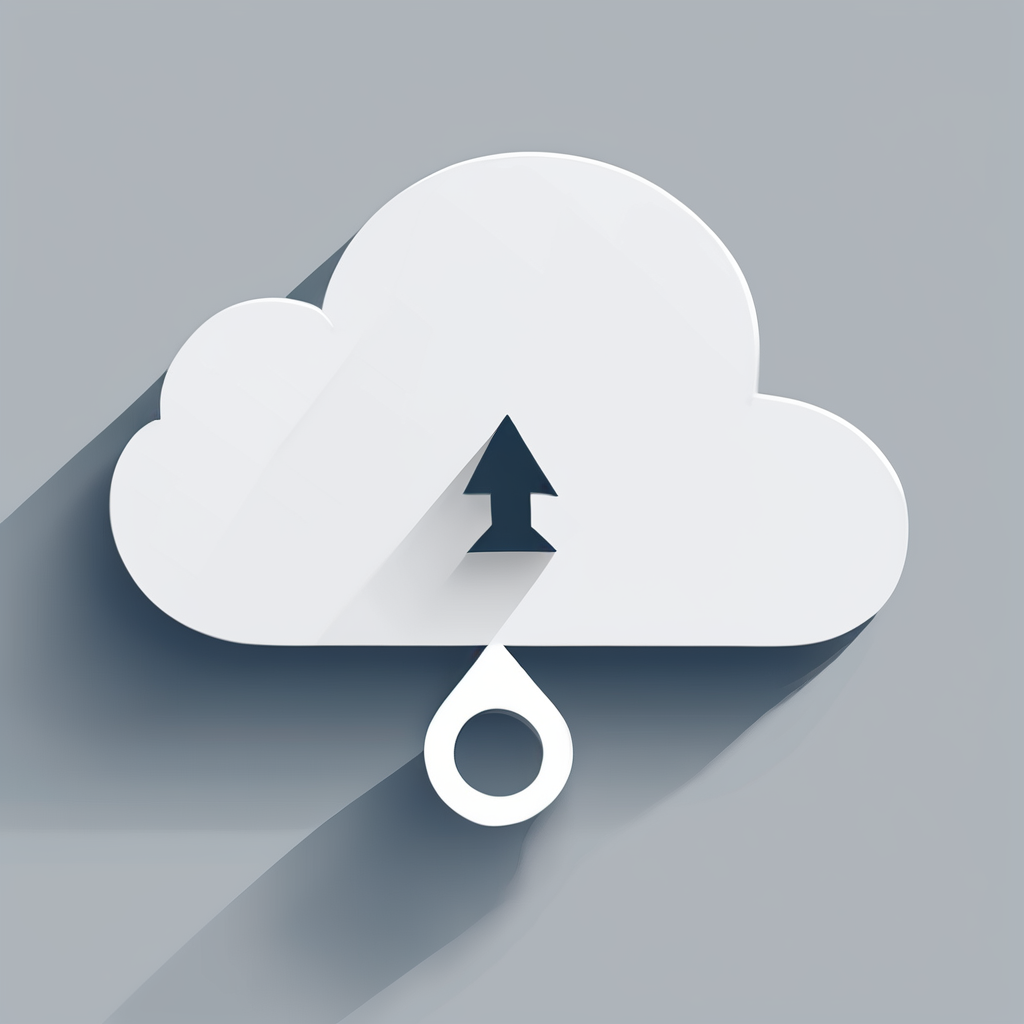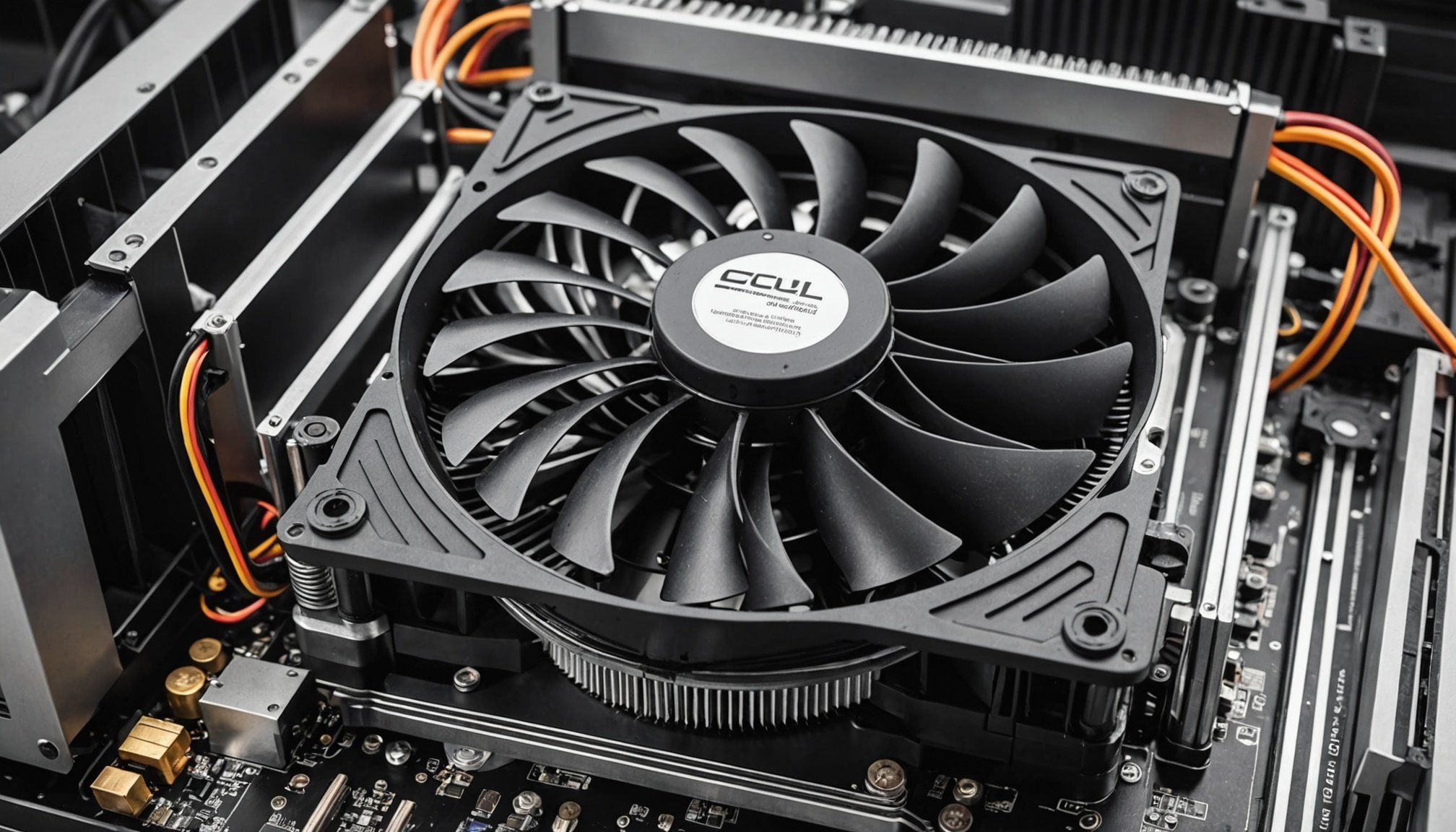In today’s fast-paced digital world, maximizing your computer’s performance is crucial, especially for those who rely on their machines for gaming, graphic design, or data processing. One of the most vital components in achieving this is proper CPU cooling. Overheating can lead to thermal throttling, where your CPU automatically reduces its speed to prevent damage, significantly affecting overall performance. In this article, we will explore various strategies to enhance your CPU cooling system, ensuring your computer can handle demanding tasks without overheating.
Understanding CPU Cooling Systems
To appreciate the intricacies of optimizing CPU cooling, it’s vital to first understand the different types of cooling systems available. Most computers utilize either air cooling or liquid cooling systems.
This might interest you : How does the size of a GPU affect its cooling efficiency?
Air cooling relies on fans and heat sinks to dissipate heat generated by the CPU. These systems are typically less expensive and easier to install. They function by using a thermal paste to enhance heat transfer from the CPU to the heat sink, which is then cooled by a fan. This setup is adequate for many users, but airflow within the case is crucial.
In contrast, liquid cooling systems utilize a liquid coolant that flows through a loop, absorbing heat from the CPU and dissipating it via a radiator with fans. This method is generally more efficient and can provide lower temperatures, leading to improved performance, especially during intense tasks. However, liquid systems can be more complex and require careful installation and maintenance.
In the same genre : How can I determine the compatibility of different hardware components?
Regardless of the system you choose, ensuring that your CPU runs at optimal temperatures is essential for maintaining performance and longevity. Regular monitoring of temperatures can help you identify issues before they lead to significant problems, allowing for timely interventions. Ultimately, the choice of cooling system will depend on your specific needs, preferences, and budget.
Enhancing Airflow in Your Computer Case
Airflow is a critical aspect of effective cooling. Poor airflow can trap heat inside your computer, raising temperatures and potentially damaging sensitive components. To optimize airflow, consider the following strategies:
First, analyze the placement of your fans. Most cases have designated areas for intake and exhaust fans. Ensure that you have a balanced setup, with adequate intake fans to bring in cool air and exhaust fans to eliminate hot air. Typically, you want a positive pressure inside the case, which means having more intake fans than exhaust fans. This approach helps prevent dust buildup and maintains lower temperatures.
Next, cable management plays a significant role in airflow. Messy cables can obstruct airflow, trapping warm air around components. Organizing cables neatly along the edges of the case allows for smoother air circulation. Consider using cable ties or Velcro straps to keep everything tidy.
Another tip is to position your computer in a location that allows for optimal airflow. Avoid placing it in an enclosed area where heat can build up. Instead, position it on a hard surface with enough space around it for air to circulate freely. Additionally, regularly cleaning your fans and removing dust buildup can significantly enhance airflow. Dust clogs up fans and heat sinks, reducing their effectiveness over time.
By improving airflow within your case, you effectively lower the temperatures of all your components, which leads to better performance and a longer lifespan for your hardware.
Choosing the Right CPU Cooler
Selecting the appropriate CPU cooler is critical for effective thermal management. Not all coolers are created equal, and the ideal choice will depend on your specific CPU model, usage, and budget.
If you opt for air cooling, ensure that the cooler you select is compatible with your CPU socket type. Larger coolers typically offer better performance due to increased surface area for heat dissipation. Additionally, look for models equipped with multiple heat pipes and a larger fan size, as these features can enhance cooling efficiency.
For those considering liquid cooling, look for all-in-one (AIO) solutions, which are user-friendly and require less maintenance than custom setups. When choosing a liquid cooler, pay attention to the radiator size. A larger radiator can dissipate more heat and generally offers better performance, but make sure that your case can accommodate it.
Regardless of the cooling solution you choose, installing it correctly is essential. Follow the manufacturer’s instructions carefully. Applying the right amount of thermal paste is crucial, as too much or too little can hinder thermal conductivity. A pea-sized dot in the center of the CPU is usually sufficient, as the pressure from the cooler will spread it evenly.
In summary, the right CPU cooler can dramatically affect your system’s performance and thermal management. Do your research, read reviews, and ensure compatibility to make an informed choice.
Regular Maintenance and Monitoring
To keep your CPU cooling system functioning optimally, regular maintenance and monitoring are imperative. Over time, dust and debris can accumulate, significantly reducing cooling efficiency. Therefore, it’s essential to clean your fans, heat sinks, and case interiors periodically.
Use compressed air to blow out dust from components, ensuring you target fans and heat sinks, as these are critical areas for cooling efficiency. Aim to perform this cleaning every three to six months, depending on your environment. If you work in a dusty area, you may need to clean more frequently.
In addition to physical maintenance, actively monitoring your CPU temperatures is crucial. There are several software solutions available that can help you keep track of your CPU’s thermal performance. Programs like HWMonitor or Core Temp provide real-time temperature readings, allowing you to spot any potential issues early.
If you notice your temperatures rising unexpectedly, consider reapplying thermal paste, checking fan speeds, or revisiting your airflow setup to ensure everything is functioning correctly. Regular monitoring allows you to take preemptive action, preventing thermal throttling and ensuring that your CPU can maintain peak performance during demanding tasks.
In conclusion, maintaining optimal cooling is not a one-time task but a continuous effort that requires attention and care.
Optimizing your CPU cooling not only enhances performance but also contributes to the longevity of your components. By understanding the various cooling solutions, enhancing airflow in your computer case, and maintaining your cooling system, you can ensure that your CPU operates efficiently under pressure. Remember, keeping temperatures down allows your CPU to perform at its best, enabling you to tackle demanding tasks seamlessly. Stay proactive about your cooling solutions, and you will enjoy a more stable and responsive computing experience.











